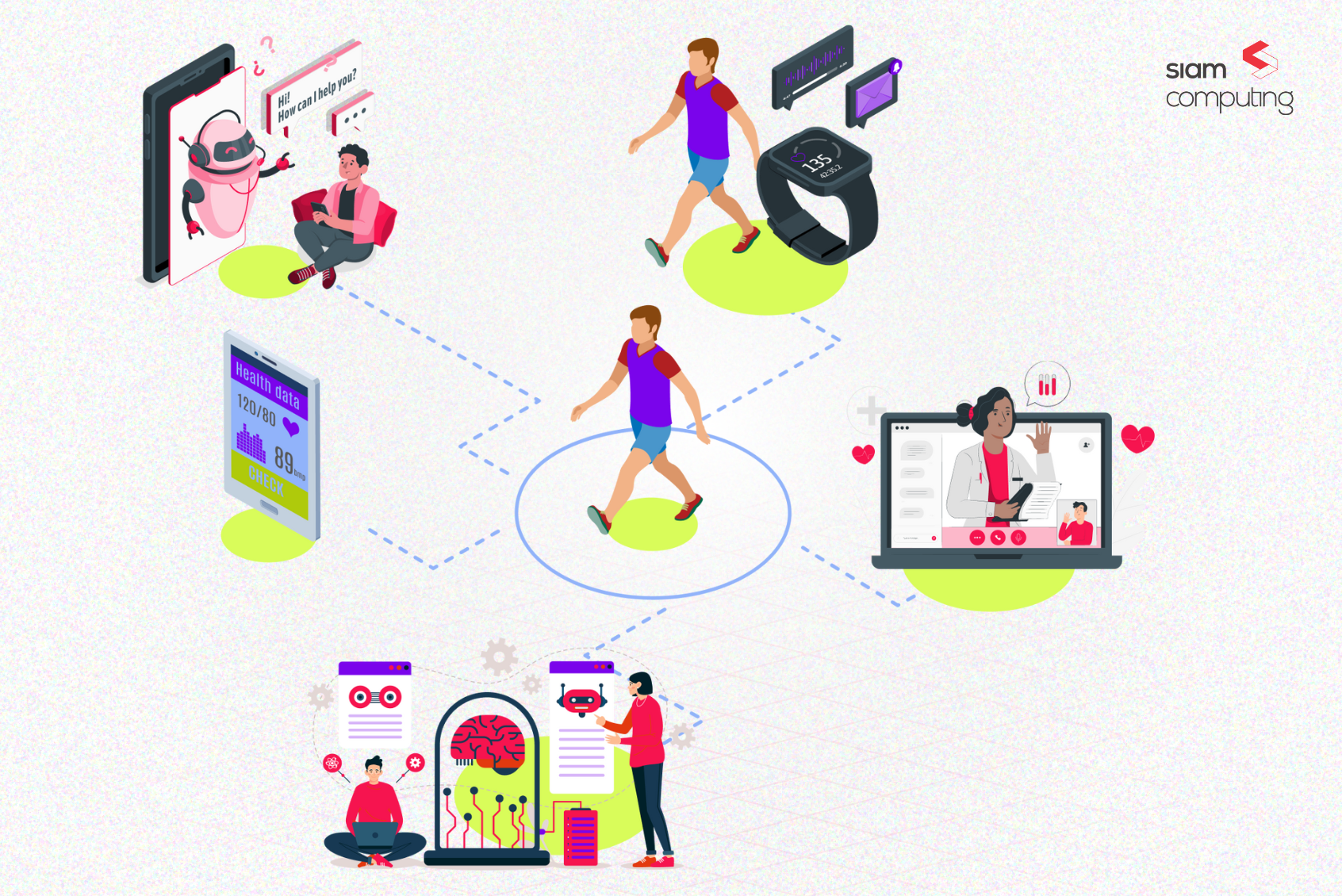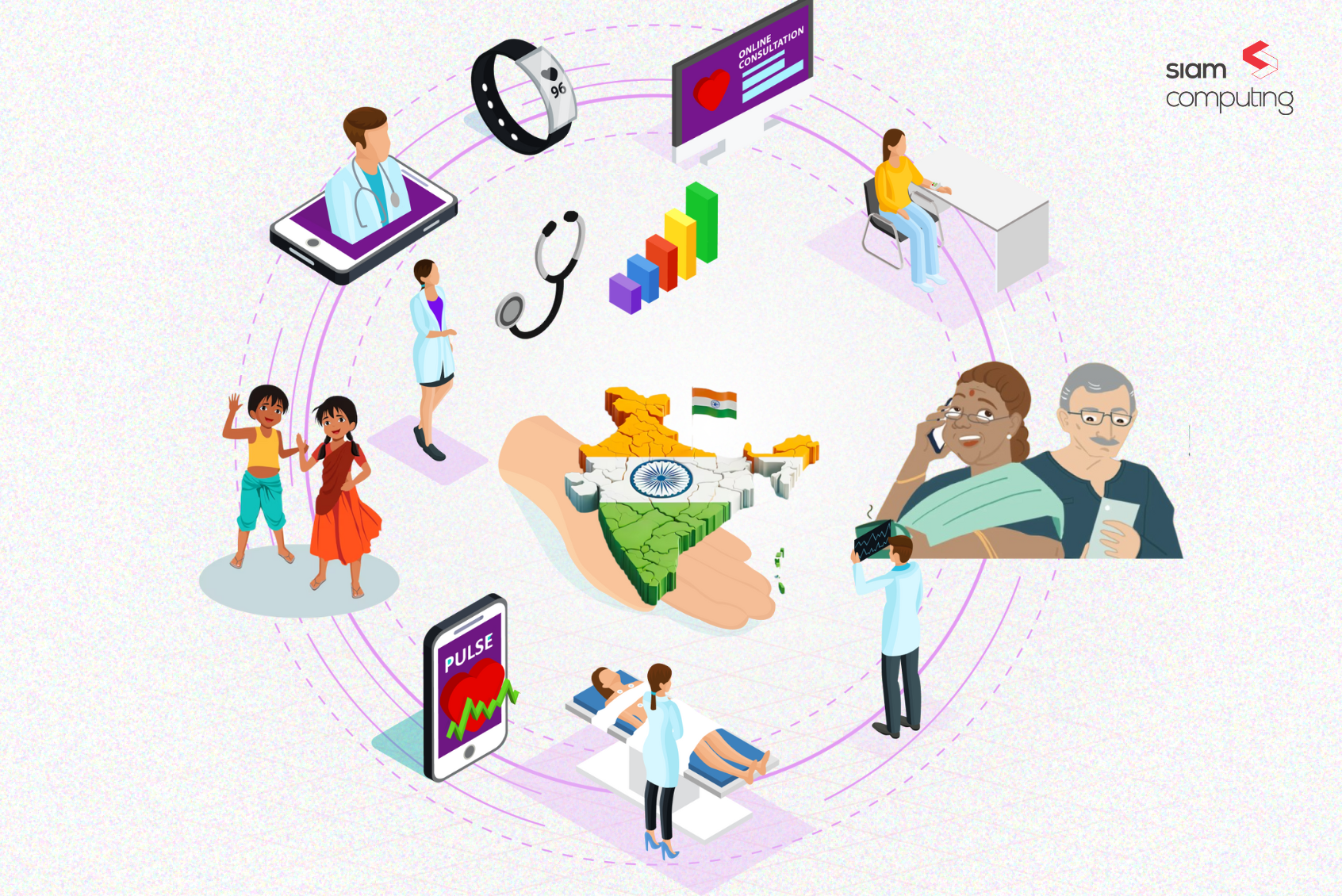Over time, startups have become really good at collecting data about their users and products from various sources. However, founders and product leaders often have no clear direction on how to make sense of all the data and gain wisdom.
In 1994, while delivering a lecture to an audience of educators, American organizational theorist Dr. Russell Ackoff highlighted this chasm that exists between data and wisdom. He said:
“An ounce of information is worth a pound of data.
An ounce of knowledge is worth a pound of information.
An ounce of understanding is worth a pound of knowledge.
An ounce of wisdom is worth a pound of understanding.”
Ackoff’s timeless observation of the hierarchy of data, information, knowledge, understanding, and wisdom is also relevant to founders and product leaders trying to make sense of data.
Data vs. Information vs. Knowledge vs. Understanding vs. Wisdom
At first glance, you might think they are all the same. However, data, information, knowledge, understanding, and wisdom represent distinct stages in the data processing continuum and in the journey of extracting value from your startup’s data.
In this comprehensive guide, we apply Ackoff’s principles to demystify how product leaders can derive information, knowledge, understanding, and wisdom from raw data to build better products. While doing so, we aim to equip founders with the basic knowledge necessary to leverage data as a strategic asset in driving growth and innovation in their organization.
#1 Data: Discovery and Cleansing
At its core, data comprises the raw facts and figures your startup collects. It could be the timestamps of user interactions, purchase histories, or any discrete piece of information without context. So you need to identify the source and cleanse data to remove irrelevancy.
The first step in making sense of data is gaining clarity on the myriad types of data available in your organization and their respective sources. This process is called data discovery.
For startups with digital products, data can be categorized into three broad categories:
User Data: This includes demographic information, user behavior patterns, preferences, and engagement metrics gathered through interactions with the product.
Product Data: Information related to the product itself, such as features, functionalities, performance metrics, and user feedback.
Market Data: External data sources provide insights into market trends, competitor analysis, industry benchmarks, and emerging technologies.
Amidst the excitement of collecting data, it’s easy to overlook the critical aspect of data hygiene and data quality.
Data hygiene involves maintaining clean and accurate datasets. Inaccurate or incomplete data can lead to skewed analyses and misguided decision-making.
Data Quality refers to the relevance and reliability of the information collected. Ensure that data is collected consistently across all touchpoints and that any anomalies are promptly addressed.
As the saying goes, “garbage in, garbage out.” The reliability of your insights and effectiveness of your startup’s data journey depends on the accuracy, relevancy, and completeness of the data you collect.
#2 Information: Analytics and visualization for data interpretation
The second step in making sense of data is to look beyond the realm of numbers and statistics (raw data) and delve into the art of data interpretation. When data is processed, organized, and given context, it transforms into information. In other words, data is interpreted as information. Information adds meaning to the raw numbers, providing insights into what is happening.
Deriving information from data involves two key steps – data analysis and data visualization.
Data Analysis
Analytics can automate the process of crunching numbers and generating insights. There are several tools to help you with data analyses and interpretation. These tools provide more than just static data – they empower startups with real-time insights. However, navigating the vast landscape of analytics tools can be challenging. Here’s a glimpse of the two most popular forms of analytics.
In-product analytics offer a treasure trove of information waiting to be unearthed. In-product analytics tools, such as Google Analytics, Mixpanel, or Hotjar, enable you to track user actions, navigation patterns, and feature usage. By comprehending how users interact with your product, you can make informed decisions about improvements and new features.
Social media platforms also act as rich reservoirs of user-generated data. Interactions, comments, and shares offer real-time insights into user sentiment and preferences. Tools like Facebook Insights, Twitter Analytics, and Instagram Insights can help you extract valuable data from these platforms.
Integrating analytics tools seamlessly into the existing infrastructure is a critical step for startups. This involves proper implementation, configuration, and ensuring that data flows seamlessly across platforms. Seeking external expertise can aid in maximizing the potential of these tools.
Data Visualization
Data visualization plays a key part in the journey of data interpretation for vast volumes of complex data. Visual representations, such as charts, graphs, and dashboards, simplify complex datasets, making insights more accessible. Effective data visualization not only aids in understanding but also facilitates clearer communication of findings.
Choosing the right visualization tools is crucial for startups aiming to convey insights effectively. Tools like Tableau, Power BI, and D3.js offer a range of options, from basic charts to intricate interactive visualizations. When choosing, consider factors such as ease of use, scalability, and the specific needs of your audience.
Start with the basics – graphs and charts. Tools like Microsoft Excel, Google Sheets, or more advanced platforms like Tableau offer intuitive interfaces for creating visual representations of your data. Line charts, bar graphs, and pie charts are simple yet powerful tools for conveying trends, comparisons, and proportions.
Dashboards take your visualization game a step further by exploring dashboard tools. Platforms like Power BI or Google Data Studio allow you to consolidate multiple visualizations into interactive dashboards. These dashboards offer a comprehensive overview of your key metrics, enabling you to spot patterns and anomalies at a glance.
Infographics deliver a more engaging presentation. Tools like Canva or Piktochart enable you to combine visual elements with data, creating visually appealing and informative infographics. Infographics are particularly effective for conveying complex information in a digestible format, making them ideal for presentations or reports.
Examples of Effective Data Visualization: Airbnb’s use of data visualization to showcase property availability or Spotify’s personalized playlists based on user listening patterns are excellent examples. These companies have mastered the art of translating complex data into actionable and engaging visuals.
#3 Knowledge: Connecting the dots with data analytics
Taking the plunge into knowledge, you start connecting the dots. Knowledge goes beyond the ‘what’ to unravel the ‘how’ and ‘why’ empowering you to make informed decisions and strategic adaptations.
Data analytics for gaining knowledge about your startup requires going beyond the scope of mere interpretational analysis of data. It involves connecting the dots from historical data to decipher and learn your product narrative so far.
Descriptive and Diagnostic analytics help us understand the past and gain knowledge from it. It serves as the alchemist, transforming information into actionable knowledge, and this transformative process is the linchpin of data-driven decision-making.
Descriptive Analytics: Imagine you run an e-learning platform. Descriptive analytics reveals that user engagement peaks during weekends. This insight informs content scheduling, allowing you to prioritize high-impact releases when engagement is at its zenith. This provides a retrospective view, summarizing historical data to understand what happened in the past.
Diagnostic Analytics: Digging deeper into the e-learning platform example, diagnostic analytics unveils discrepancies like why engagement drops during weekdays. Armed with this knowledge, you can send out nudges and notifications to users to mitigate the weekday slump. Diagnostic analytics seeks to answer why certain events occurred. It delves into causation, helping you understand the factors influencing specific outcomes.
Over time, as you gain knowledge from historic data with descriptive and diagnostic analytics, you gain knowledge of recurring patterns and trends. It involves a certain human element to it that adds depth and meaning to the analysis. You empower yourself to move beyond hindsight and embark on a journey of foresight with prescriptive and predictive analytics.
Predictive Analytics: Taking the same e-learning platform example, predictive analytics could forecasts that engagement will surge during exam seasons. Armed with this foresight, you proactively create targeted marketing campaigns to capitalize on the anticipated uptick in user activity. Predictive analytics is the crystal ball that allows you to anticipate user behavior, market trends, or potential challenges by using historical data.
Prescriptive Analytics: Finally, prescriptive analytics suggests personalized learning paths based on individual user behaviors. It’s the ultimate guide, offering tailored recommendations that enhance user experience and overall platform satisfaction. Prescriptive Analytics is the pinnacle of analytics and goes beyond predicting what might happen to suggest the best course of action based on available data.
The 2D2P of data analytics (Descriptive, Diagnostic, Predictive, and Prescriptive) forms the bedrock for gaining knowledge from data and understanding its true implication on your business and users.
#4 Understanding: Empathetic interpretation of user journey patterns
Understanding emerges from knowledge as you delve deeper into the interconnected web of data insights and how it affects your users and your business. Understanding your users gives you empathy and enhances your data interpretation at the intuitional level.
Empathy is the secret sauce that transforms raw data into meaningful human-centric insights. Beyond numbers and metrics, understanding the emotions, motivations, and frustrations of your users creates a holistic view.
Here’s how human-centric understanding and empathy enhance your knowledge and data interpretation:
Emotional Insights: Empathy allows you to decipher the emotional undertones in user feedback. Whether it’s positive sentiment after a successful interaction or frustration with a feature, understanding emotions guides your response.
Anticipating Needs: Empathy enables you to anticipate user needs before they express them explicitly. By putting yourself in the user’s shoes, you can proactively address pain points and enhance user satisfaction.
Iterative Improvement: A deep sense of empathy fosters a culture of iterative improvement. As you interpret user data, empathy prompts continuous refinement of your product and services, aligning them more closely with user expectations.
Tailored Experiences: User-centric understanding empowers you to tailor experiences that resonate with your audience. By recognizing preferences and behavior patterns, you can craft personalized interactions that enhance user satisfaction.
Feature Prioritization: Not all features are created equal in the eyes of your users. Analyzing user behavior helps prioritize and optimize features based on popularity and utility, ensuring you invest resources where they matter most.
By incorporating human-centric understanding into your startup’s data strategy, you move beyond analytics to cultivate a symbiotic relationship with your users. It helps you in three ways – contextualization, critical thinking, and storytelling:
- Contextualization involves placing data within its broader context and understanding the underlying drivers and implications behind observed trends and patterns.
- Critical thinking questions assumptions, challenging conventional wisdom, and exploring alternative hypotheses to uncover hidden insights and opportunities.
- Storytelling communicates data-driven insights in a compelling and actionable manner that resonates with stakeholders and drives informed decision-making.
Cultivating a deep understanding of your users and their interactions with your product is a continuous process. It requires a blend of empathy, intuition, and the strategic application of tools and frameworks, paving the way for strategic decisions and product enhancements.
#5 Wisdom: Taking action from data interpretation, knowledge, and understanding
Wisdom is the pinnacle of this journey to unleashing the true potential of your data. Wisdom goes beyond immediate gains, fostering long-term success by continuously optimizing user interfaces based on evolving data and insights. It’s the synthesis of insights and experience that guides strategic decisions to encompass what your business needs.
The real magic of wisdom happens with the judicious application of knowledge and understanding for action and implementation. Let’s break down this process:
1. Identify Key Insights:
a. Review all data and analytics: Analyze user personas, journey maps, and behavior data to identify key insights. Look for patterns, trends, and areas of opportunity or concern.
b. Prioritize Findings: Not all insights are created equal. Prioritize based on impact – whether it’s addressing a critical pain point, enhancing a popular feature, or aligning with strategic goals.
2. Define Actionable Steps:
a.Set Clear Objectives: Clearly define the objectives you aim to achieve with the insights. Whether it’s improving user satisfaction, increasing engagement, or optimizing conversion rates, establish measurable goals.
b. Break Down into Tasks: Divide the larger objectives into actionable tasks. Assign responsibilities, set deadlines, and create a roadmap for implementation.
3. Iterate and Learn:
a. Implement Changes: Put your plan into action. Whether it’s updating a feature, refining user interfaces, or launching targeted marketing campaigns, execute the defined tasks.
b. Monitor Impact: Continuously monitor the impact of changes. Utilize analytics tools to measure key performance indicators (KPIs) and assess whether the implemented changes align with your objectives.
4. Feedback Loop:
a. Gather Feedback: Actively solicit feedback from users after implementing changes. Use surveys, user interviews, or in-app feedback mechanisms to gauge user sentiment.
b. Iterate Based on Feedback: Incorporate user feedback into an iterative process. Adjust your strategies, features, or experiences based on real-time responses, creating a dynamic feedback loop.
In the words of Dr. Russell Ackoff, “An ounce of wisdom is worth a pound of understanding.” Turning understanding into actionable insights is not a one-time affair – it’s an ongoing journey of iterative improvement. Embrace the continuous learning cycle, where each insight informs the next round of enhancements. This iterative approach ensures your startup remains agile, responsive, and in tune with evolving user needs.
Chart Your Startup’s Data-Driven Future with Siam Computing
The journey from data to wisdom is a continuum that involves structured processes, advanced tools, and a cultural mindset shift. Nurturing a data-driven mindset within your startup not only unlocks the potential for growth and innovation but also ensures resilience in the face of changing market dynamics.
At Siam Computing, we understand the challenges and opportunities that come with navigating the dynamic landscape of digital products. Our experienced product strategists are here to guide you through this transformative journey, offering personalized insights and strategies tailored to your unique needs.
If you’re ready to unlock the full potential of your data, contact our team of experts today. Let’s chart a course together towards a future where data isn’t just collected but translated into wisdom, driving your startup to new heights of success.








